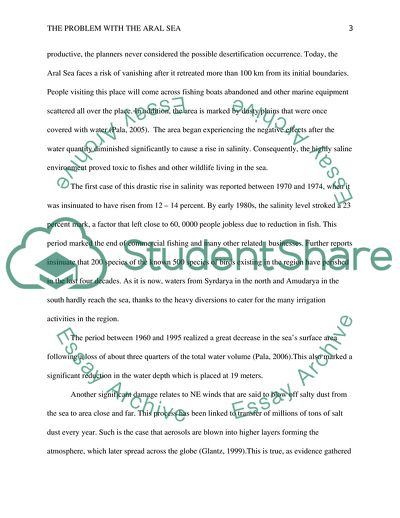Cite this document
(The Problem with the Aral Sea Term Paper Example | Topics and Well Written Essays - 1500 words, n.d.)
The Problem with the Aral Sea Term Paper Example | Topics and Well Written Essays - 1500 words. https://studentshare.org/environmental-studies/1799592-what-are-the-problem-with-the-aral-sea
The Problem with the Aral Sea Term Paper Example | Topics and Well Written Essays - 1500 words. https://studentshare.org/environmental-studies/1799592-what-are-the-problem-with-the-aral-sea
(The Problem With the Aral Sea Term Paper Example | Topics and Well Written Essays - 1500 Words)
The Problem With the Aral Sea Term Paper Example | Topics and Well Written Essays - 1500 Words. https://studentshare.org/environmental-studies/1799592-what-are-the-problem-with-the-aral-sea.
The Problem With the Aral Sea Term Paper Example | Topics and Well Written Essays - 1500 Words. https://studentshare.org/environmental-studies/1799592-what-are-the-problem-with-the-aral-sea.
“The Problem With the Aral Sea Term Paper Example | Topics and Well Written Essays - 1500 Words”. https://studentshare.org/environmental-studies/1799592-what-are-the-problem-with-the-aral-sea.


